Click on the ” Technical Training ” above, and select “Top Official Account“
170,000+ industrial control professionals follow this WeChat platform: technical sharing, learning exchange, industrial control videos
01 Connection Count
The S7-200 SMART CPU can connect to Siemens HMI devices that support the PPI protocol either through its built-in RS485 port or signal board, or via its built-in Ethernet port to connect to Siemens HMI devices that support the S7 protocol.
When the CPU’s three physical interfaces are connected to Siemens HMI devices (including the signal board), the maximum number of connection resources is 16.

Table 1. CPU Connection Capability
Smart Panels Supported PLC:
First generation product SmartLine (no Ethernet interface): S7-200, OMRON CP1 series, Mitsubishi FX series, Modbus RTU
Note: Only one communication connection can be established; otherwise, Smart Panels cannot start the project (white screen).
Second generation product SmartLine-IE:
Serial: S7-200, OMRON CP1 series, Mitsubishi FX series, Modbus RTU, Delta (DVP-SV/ES2 series)
Ethernet: S7-200 (CP243-1), Smart200, LOGO!
Smart Panels can only connect to one device via serial port and can connect to three devices via Ethernet, but serial and Ethernet cannot be used simultaneously (compilation fails).
Note: Only one of the serial port and Ethernet port can be used, otherwise compilation will fail.
02Creating a Project
Users need to use WinCC Flexible 2008 SP2 China or later versions to configure the first generation product SmartLine. If it is the second generation product SmartLine IE, only WinCC Flexible 2008 SP4 China can be used for configuration.
Users can either create a project directly in WinCC Flexible or use the wizard. The following mainly introduces how to create a project directly.
Double-click the SIMATIC WinCC flexible icon on the PC desktop to start WinCC flexible, and select “Create an Empty Project” on the startup screen, as shown in Figure 1. After left-clicking “Create an Empty Project”, the “Device Selection” interface shown in Figure 2 will open. In this interface, select the device used, taking Smart 1000 IE as an example.

Figure 1. Directly Creating a Project
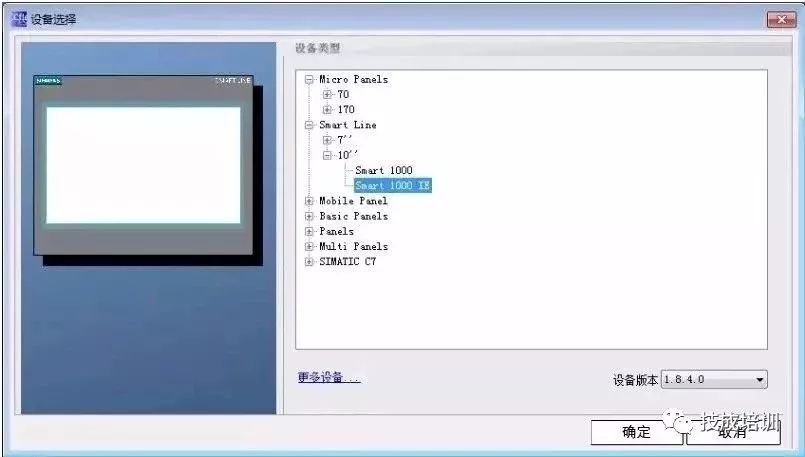
Figure 2. Device Selection
03Configuring Communication Connection
Users can configure PPI communication between Smart 1000 IE and S7-200 SMART CPU through the following steps.
Step 1: In the main working window of WinCC flexible, expand the project structure on the left side, select “Project” > “Communication” > “Connection”, and double-click the “Connection” icon to open the properties window of “Connection Settings”, as shown in Figure 3.
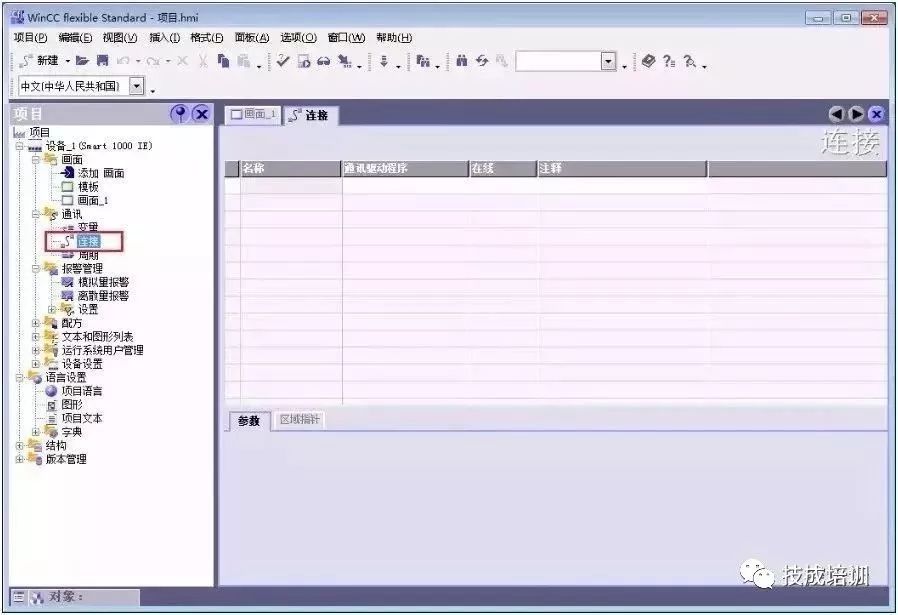
Figure 3. Opening Connection Window
Step 2: In the “Connection” window, double-click the blank table below the name, or right-click to select “Add Connection” from the shortcut menu to add a connection with the CPU, as shown in Figure 4.
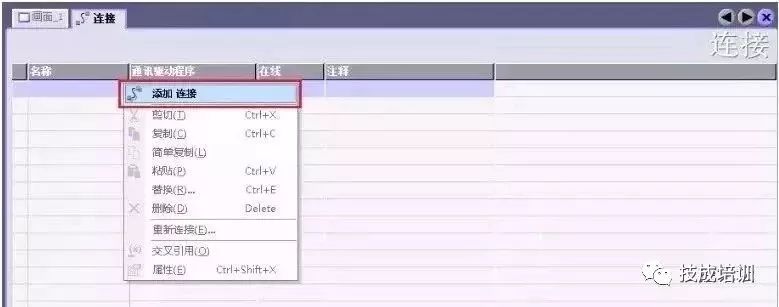
Figure 4. Adding Connection
Step 3: After adding the connection, users can modify the default connection name “Connection_x” according to project needs, and select the “Communication Driver” and whether to be online. Since the connected device is S7-200 SMART CPU, select “SIAMTIC S7 200 SMART” as the communication driver from the drop-down menu under “Communication Driver”, and activate the online connection, as shown in Figure 5.

Figure 5. Configuring Connection
Step 4: Set the connection parameters. First, select the Smart 1000 IE interface as “IF1 B”, which is the RS422/485 physical interface of the touch screen. After selecting this interface, the parameter settings window for this interface will automatically display below it. Set the communication baud rate of the touch screen to 187500 and the station address to 1.
Then, in the “Network” window, select “PPI” as the communication protocol for both parties.
Finally, in the “PLC Device” window, set the station address of the CPU, setting the CPU’s station address to 2, as shown in Figure 5.

Figure 6. Connection Parameter Settings
Note: The CPU address must be different from the HMI device address; they cannot be duplicated.
Step 5: Set the baud rate and station address of the S7-200 SMART CPU. In the project tree of STEP 7 Micro/WIN SMART software, select “System Block” and then press the “Enter” key to open the “System Block” window as shown in Figure 7. The station address and baud rate set for the CPU’s RS485 port must be consistent with the configuration in Figure 6, with the CPU’s station address being 2 and the communication baud rate being 187.5 kbps.
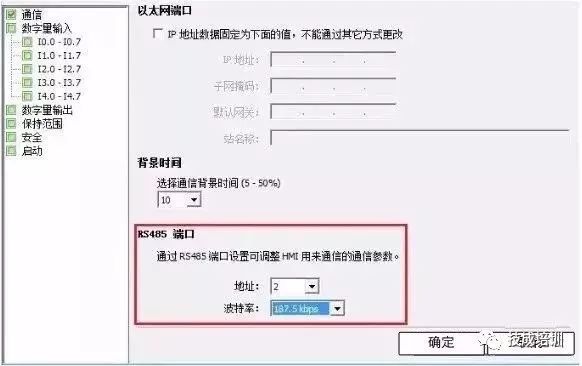
Figure 7. S7-200 SMART Communication Port Settings
At this point, the PPI communication between Smart 1000 IE and S7-200 SMART CPU has been configured.
04Starting the Operation Screen
When powering on the Smart 1000 IE device, the screen will briefly display the startup screen, as shown in Figure 8. The three buttons in the figure represent the following meanings.
Transfer: The HMI device is set to “Transfer” mode.
Start: Start the project loaded on the HMI device.
Control Panel: Click this button to enter the HMI device’s control panel, where users can select transfer mode, add passwords, etc.

Figure 8. Startup Screen
05Downloading Project Files
To download the configured project to the Smart 1000 IE device, first ensure that the communication port of the HMI device is activated, which can be set through the HMI device’s “Control Panel” > “Transfer”, as shown in Figure 9. If downloading the project using the serial port method, first check the “Enable Channel” next to “Serial”.
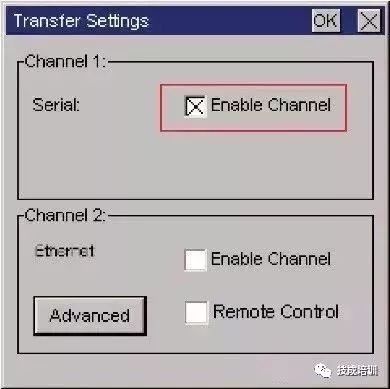
Figure 9. Enabling Communication Port
Secondly, use the original Siemens PPI programming cable to download the project. Both the RS-232/PPI cable (Order No. 6ES7 901-3CB30-0XA0) and USB/PPI cable (Order No. 6ES7 901-3DB30-0XA0) can be used. When using the USB/PPI cable, the E-STAND version must be 05 or higher.
Next, in the WinCC flexible software menu bar, select “Project” > “Transfer” > “Transfer”, as shown in Figure 10. Click “Transfer” to open the “Select Device for Transfer” window, as shown in Figure 11. In the “Select Device for Transfer” window, users can choose the transfer mode as “Serial” or “Serial (via USB-PPI cable)”; here, choose the latter for transfer.

Figure 10. Opening Transfer Settings
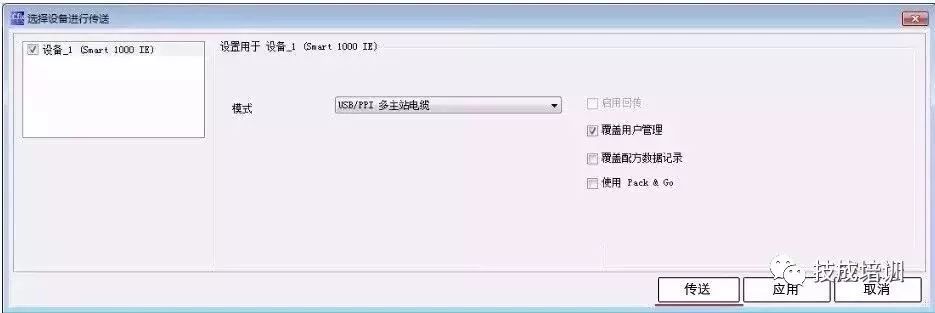
Figure 11. Transfer Settings
After cutting off the power to the Smart 1000 IE device and powering it back on, the HMI device will display the startup screen. Click the Transfer button to set the HMI device to “Transfer” mode.
Then, in the WinCC flexible software, select “Project” > “Transfer” > “Transfer”, click the “Transfer” button in Figure 11, and wait for the transfer status on the HMI device to display “Transfer Complete”; thus, the project has been successfully transferred to the HMI device via serial mode.
Source: Internet, infringement deleted
Share with Friends to Learn Together!
Click Read Original to learn about electrical engineering, PLC, variable frequency servo, CNC robots, and other knowledge.
